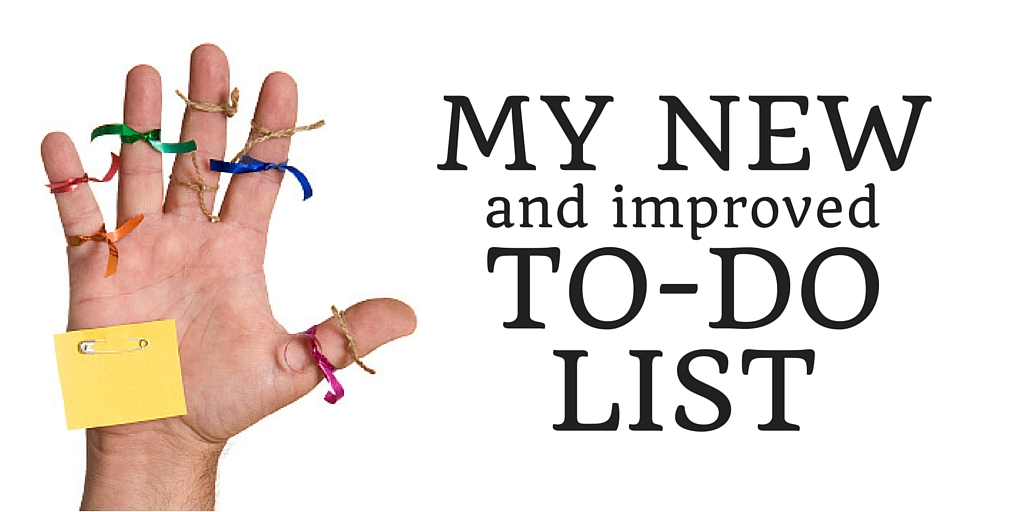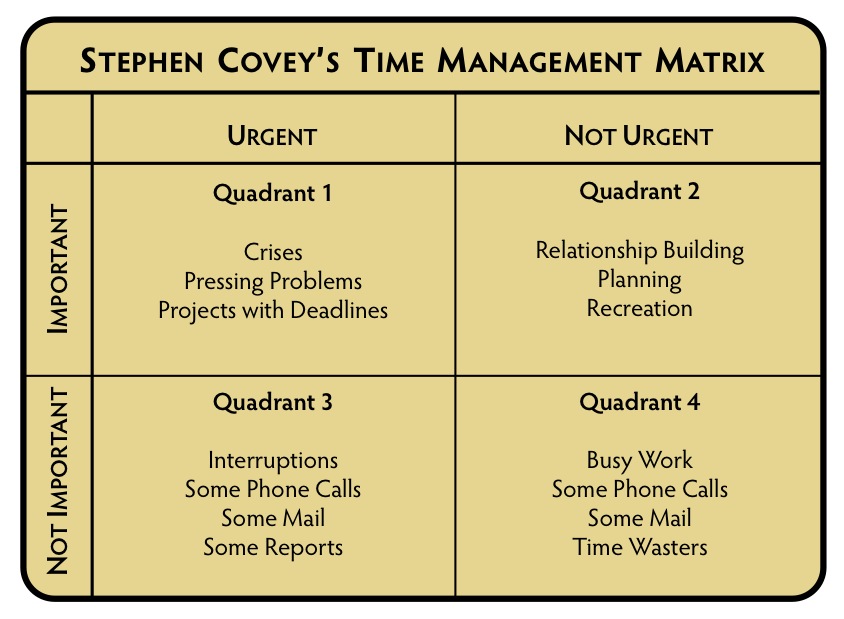Making Change Stick: 4 Disciplines of Execution for Your Ministry
 If you’re like me, you’ve seen many wonderful change initiatives start off strong only to be abandoned and forgotten after a few years. How can we implement change that lasts? In their book, The 4 Disciplines of Execution, McChesney, Covey, and Huling describe a process that can help any organization make change stick over the long haul. We've implemented their 4-part strategy as a MinistryLift team and it has provided us with consistent traction toward our goals. Here's how it works:
If you’re like me, you’ve seen many wonderful change initiatives start off strong only to be abandoned and forgotten after a few years. How can we implement change that lasts? In their book, The 4 Disciplines of Execution, McChesney, Covey, and Huling describe a process that can help any organization make change stick over the long haul. We've implemented their 4-part strategy as a MinistryLift team and it has provided us with consistent traction toward our goals. Here's how it works:
Discipline #1 – Determine Your Wildly Important Goal(s) (WIGs)
“Don’t ask ‘What’s most important?’ Instead, begin by asking, ‘If every other area of our operation remained at its current level of performance, what is the one area where change would have the greatest impact?’”1
With WIGs, less is more. If you have 2-3 goals, you are likely to achieve all of them. If you have 4-10 goals, you will likely achieve only 1-2 of these goals. With 11-20 goals, you will probably achieve none of them.
In MinistryLift (a ministry dedicated to providing non-formal training to churches), our WIG for this year is to increase participation by 50% in our five training ministries (live participation in training events, video views in our Resource library, blog views, and engagement via Facebook and Twitter).
Discipline #2 – Act on the Lead Measures
As we think about achieving WIGs, it’s helpful to differentiate between lag and lead measures. Lag measures capture what has already happened and what we can no longer control. For example, with the MinistryLift WIG, we can look at data from the past to see how we’re tracking in each of the five training ministries. Lag measures are important. Yet, if we want to accomplish our WIG, we need to be proactive and take steps that move those lag measures in the right direction. These steps are lead measures (what we can control moving forward).


